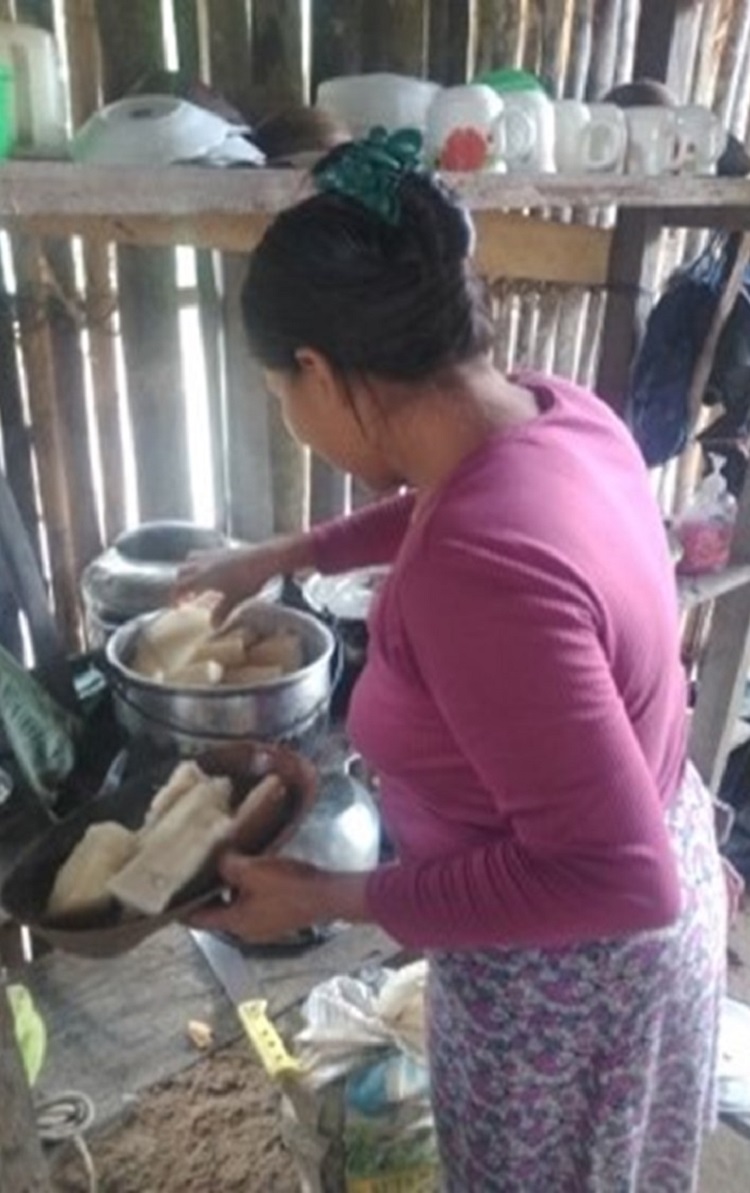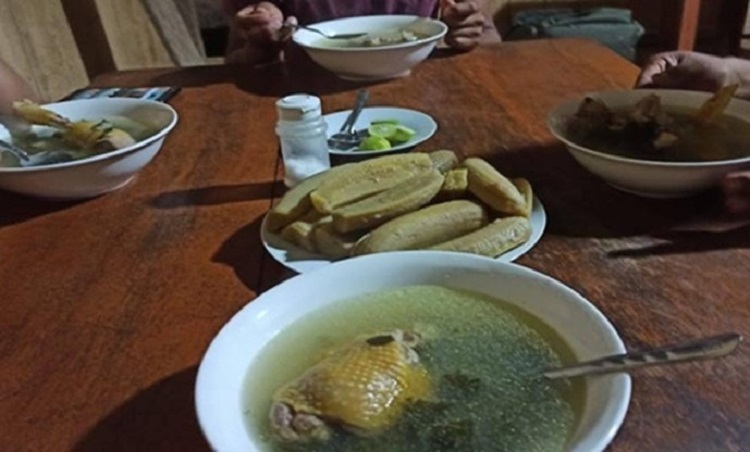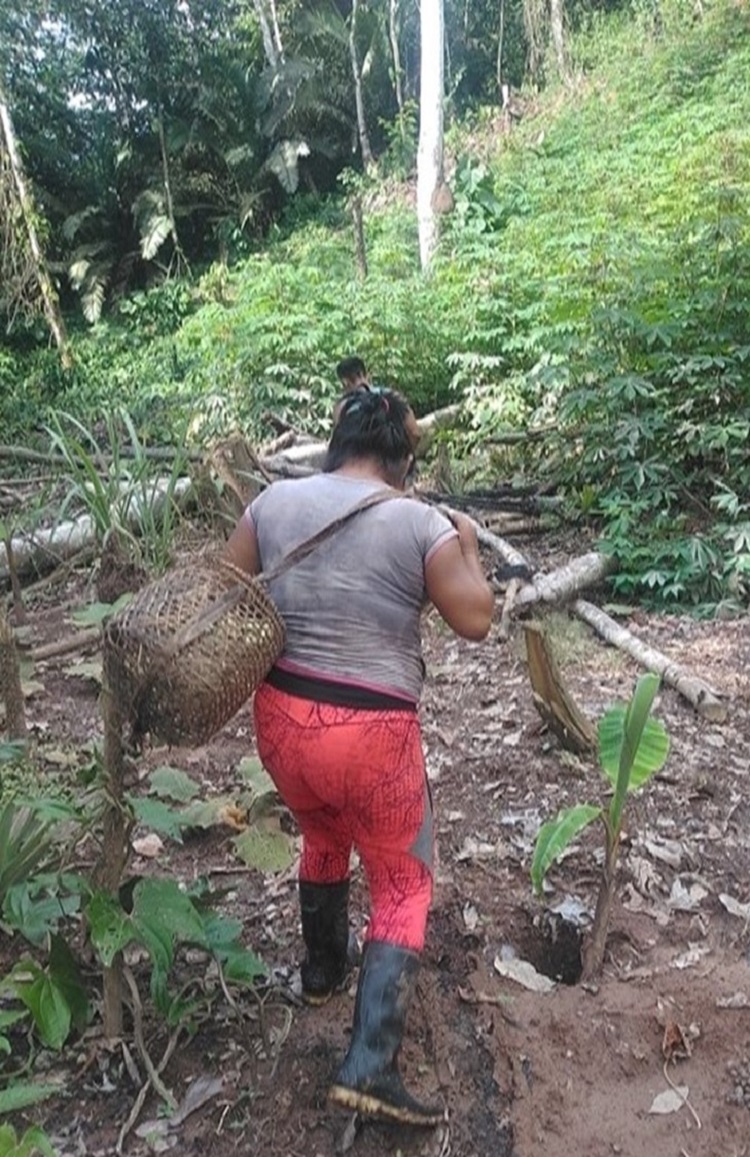NRI’s Dr Pamela Katic is the research lead for two projects in the Peruvian Amazon, both focusing on improving the nutrition and health of Indigenous Peoples through agroforestry systems and capacity building. Just back from a trip to present the preliminary results to policy makers and other stakeholders in Lima, Pamela takes up the story of the projects and how she hopes to build on their success.
 I’ll begin by explaining what the two projects are, and how they are linked. The first project (2019-2023), is an interdisciplinary project working with Indigenous Awajun communities in the Peruvian Amazon. It is developing intercultural models - these recognise Indigenous Peoples’ traditional health, nutrition and farming practices and preferences as on par with non-Indigenous biomedical and agricultural perspectives - to improve the nutrition and health of Indigenous communities through gender-sensitive agroforestry practices. We were delighted to win funding for this from the Newton Fund.
I’ll begin by explaining what the two projects are, and how they are linked. The first project (2019-2023), is an interdisciplinary project working with Indigenous Awajun communities in the Peruvian Amazon. It is developing intercultural models - these recognise Indigenous Peoples’ traditional health, nutrition and farming practices and preferences as on par with non-Indigenous biomedical and agricultural perspectives - to improve the nutrition and health of Indigenous communities through gender-sensitive agroforestry practices. We were delighted to win funding for this from the Newton Fund.
After beginning work on this project, we bid for a second project, this time to the British Academy. The title is ‘enhancing value-added products and nutritional benefits from agroforestry systems in the Peruvian Amazon’. It takes a similar interdisciplinary approach, integrating local knowledge to co-develop strategies and technologies which add value to primary products from agroforestry crops grown by Indigenous communities in tropical rainforests. This is a smaller grant and spread over a shorter time period.
We made sure that the work we were doing in both projects was complementary; for example, both were concerned with researching the link between different types of agroforestry system investments and the nutrition and health outcomes for Indigenous Peoples.
In our projects we have a diverse group of experts working together with local stakeholders; nutrition experts from NRI, a nutritional research institute in Peru, the London School of Hygiene & Tropical Medicine, CIRAD in France, agroforestry experts from Peru, anthropologists understanding the socio-cultural norms behind food choices, and economists like me trying to pull everything together and understand other important dynamics of the food systems like access to markets and other income sources and underlying drivers that might exist.
The research for the first project included detailed analysis of the socioeconomic, political and ecological context, livelihoods, food resources and food environments, agroforestry practices and local biodiversity. We used participatory methods, household and dietary surveys and observational studies. We considered the influence of socioeconomic and cultural factors on diets and conducted gender studies of women’s roles and time use on different livelihood and home-based activities. The knowledge generated is being used to guide development of culturally appropriate and gender-sensitive agroforestry options and food-based recommendations.
and food environments, agroforestry practices and local biodiversity. We used participatory methods, household and dietary surveys and observational studies. We considered the influence of socioeconomic and cultural factors on diets and conducted gender studies of women’s roles and time use on different livelihood and home-based activities. The knowledge generated is being used to guide development of culturally appropriate and gender-sensitive agroforestry options and food-based recommendations.
We’ve learned that agroforestry systems are the most productive and sustainable systems closest to their traditional way of life, because they integrate agriculture with forestry and fish farming, contributing to livelihoods, natural resource management, nutrition and health.
In the second project, we’re working with one of the communities to co-produce technology to add value to a value chain of their choice. In deciding which technology to follow we were led organically by the community itself; we spent time with them, asked lots of questions and managed to narrow it down to fish farms, which present an alternative livelihood to working on the land. We focused our technical input on a particular constraint experienced by the community – the provision of fish food. In the past, projects have come in and given Indigenous Peoples pre-prepared and commercial fishmeal in a bag, which lasts for one or two years, but when it’s run out, they have nothing to feed the fish apart from unprocessed resources from the forest, which are not concentrated enough for the fish to grow to an optimal size.
 The project developed a specific technology to produce fishmeal. NRI’s Dr Marcelo Precoppe, a crop post-harvest technologist, visited the project and worked together with the fish farmers and a local welder, to design and build two machines: a mill and an extruder. The fish food ingredients are dried and milled, then the mixture is put through the extruder to turn it into very concentrated, nutritionally dense, pellets.
The project developed a specific technology to produce fishmeal. NRI’s Dr Marcelo Precoppe, a crop post-harvest technologist, visited the project and worked together with the fish farmers and a local welder, to design and build two machines: a mill and an extruder. The fish food ingredients are dried and milled, then the mixture is put through the extruder to turn it into very concentrated, nutritionally dense, pellets.
NRI’s work strongly emphasises capacity building – leaving behind a legacy through training people and enhancing their skills to enable them to thrive independently. In this case, we leave behind something tangible, the fishmeal machines. The Indigenous Peoples have been involved in the construction, they can see it and they know how it works. They have benefited from a more valuable fish harvest – the larger fish are worth more in the market and they can now play a larger role in their diets. They’ve also benefited from working in a group to design, build and use the machine and negotiate principles for co-ownership.
We do occasionally encounter negative responses from people we’re keen to work with. We did a survey and some Indigenous Peoples just said ‘no’ to participation right from the beginning and others, who were enthusiastic at the beginning, then dropped out. I think it’s because they don’t immediately see the benefit to themselves and have had negative experiences with extractive (the extensive extraction of natural resources without provision for their renewal) research projects, so why would they want to be involved?
We often need to have ‘buy in’ from the community leaders to get others on board, but sometimes the leaders are not respected by everyone – a common situation in many countries! Leaders also come and go; we returned to the community after being absent during the pandemic, saying ‘hey we’re still here do you want to work with us?’ Luckily the answer was yes.
As far as quantifying whether the projects have been a success, it’s easier with the second project because we have produced a machine that is doing a very specific job and the community is happy. The first project is harder to assess – it’s been a success so far because we’ve worked very closely with all our partners in Peru. We are currently analysing results and preparing food and farming recommendations. These will be discussed with the communities over the next few months. We always try to go back to visit the community to continue our relationship of trust. We don’t want to disappoint them and be one of those ‘here today, gone tomorrow’ people.
I’m currently working on a new project – to explore, in collaboration with Indigenous researchers, the mental health issues in these Indigenous communities, with a focus on the links with water and natural resource governance. There is so much more work to be done in this area and I am so glad that we managed to secure funding to continue work that supports Indigenous Peoples’ self-determination in research and more generally.
To find out more about:

